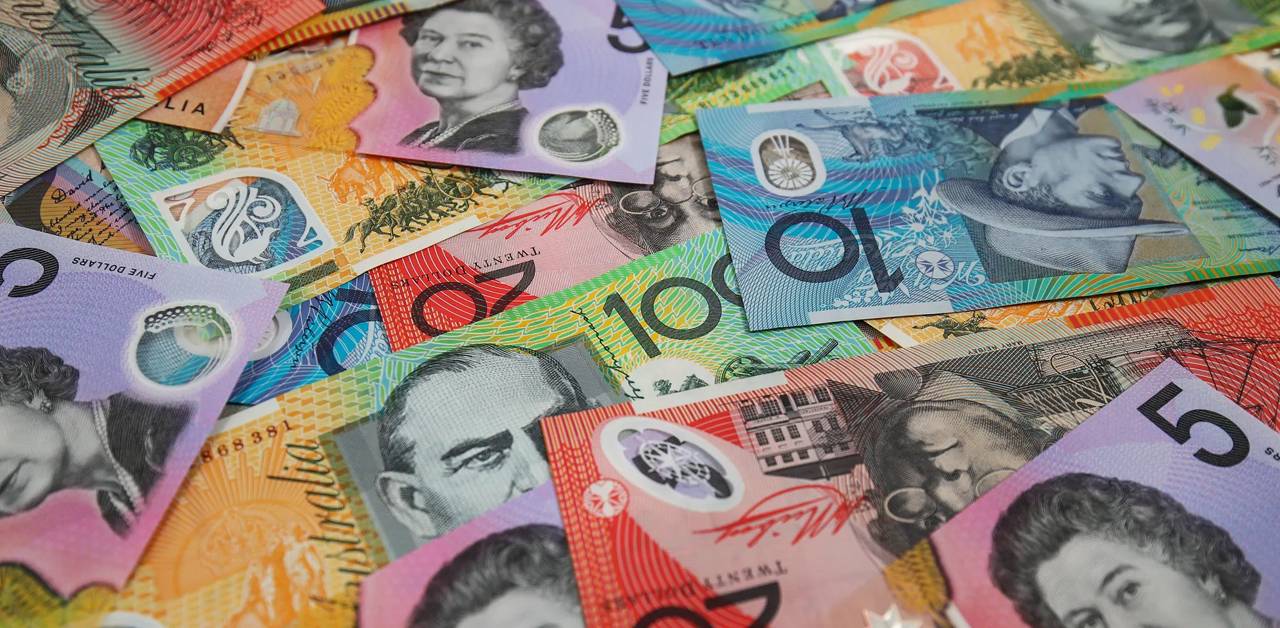AUD/USD Gains Momentum Above 0.6800 Amid Weakening USD
The AUD/USD currency pair demonstrated considerable strength during Thursday’s Asian trading session, surpassing the key 0.6800 level. This significant surge was largely driven by a weakening US Dollar, pushing the major pair to trade around 0.6807, marking a day’s gain of 0.75%. This movement exhibits the dynamic nature of global currency markets, where fluctuations can be triggered by a multitude of factors ranging from economic data releases to changes in monetary policy.
One of the contributing factors to this movement is the release of key economic data from Australia. The Australian Bureau of Statistics disclosed that the Import Price Index for the second quarter fell by 0.8% on a quarter-over-quarter basis. This figure is considerably less than the market’s expected decline of 7.3%, and it also marks an improvement from the previous reading’s drop of 4.2%. On the other hand, the Export Price Index experienced a steeper fall than anticipated, dropping by 8.5%, which contrasts with a rise of 7.8% in the first quarter.
This recent softening in Australian data has led to speculation about the Reserve Bank of Australia (RBA) potentially pausing additional rate hikes. Earlier in the week, the Australian Consumer Price Index (CPI) increased by 0.8% in the second quarter of 2023, a slower growth compared to the 1.4% increase seen in the first quarter and also below the market consensus of a 1.0% rise.
Adding to the complexity of the situation are concerns over an economic slowdown in China, a significant trading partner of Australia. Reports indicate that Chinese policymakers are preparing to adjust their economic policy in order to boost confidence and mitigate risks. However, there are lingering doubts about China’s ability to deliver on these policy commitments, which adds an element of uncertainty to the equation.
Meanwhile, in the United States, the Federal Open Market Committee (FOMC) recently increased its interest rate by 25 basis points, setting a new target range of 5.25%–5.5%. Following this decision, Fed Chairman Jerome Powell indicated that the FOMC would be closely watching incoming data and its implications for both economic activity and inflation. He also suggested that another rate hike could be on the horizon at the September meeting, provided the data supports such a move.
As a result, market participants are now turning their attention to digesting the FOMC statement and upcoming economic data. Later in the day, the US will release key figures including the Initial Jobless Claims, Durable Goods Orders for June, Advanced Gross Domestic Product (GDP) QoQ, and Core Personal Consumption Expenditure (PCE) Price Index MoM. On Friday, the focus will shift to the Australian docket with the release of Retail Sales MoM and the Producer Price Index (PPI). These figures could potentially influence the AUD/USD pair’s movements, demonstrating the interconnectedness of global financial markets.











